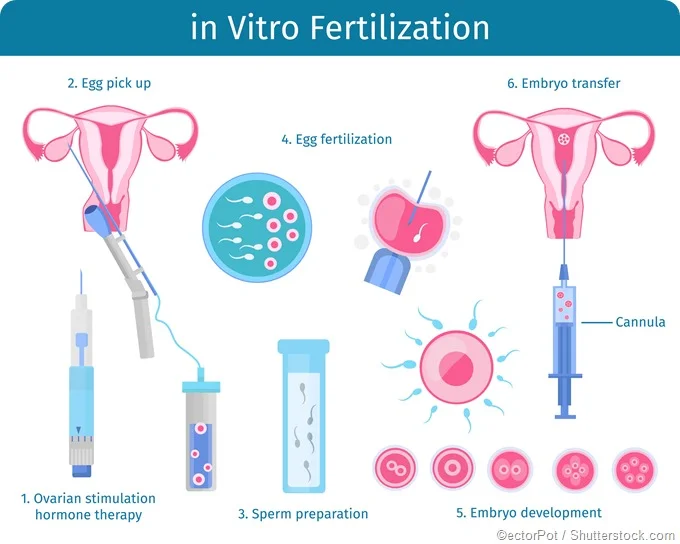The reason I was inspired to create my civic issue blog on the topic of human genetic engineering was because of the news of the Chinese scientist altering DNA in two embryos that were born. My first blog post was actually on this topic and now I am looking at revisiting the topic to see how the world has responded to the Chinese scientist He Jiankui and the babies who have the altered genes.
Jiankui claims to have conducted the genetic modification solely to prevent the twins from developing HIV because their father is HIV positive. This seems like it would be an honorable cause and a sufficient reason to edit their genes, but the majority of the world and scientific community was not pleased with Jiankui going rogue and editing the genes in these kids. The main reason why people were displeased with him is because there are already established and safe ways to prevent parents from passing HIV on to their children, but Jiankui decided to do something risky and possibly dangerous instead. One possible issue is that while the gene that was removed from the twins will prevent them form getting HIV, it also will make them more susceptible to the West Nile Virus, it is really too early to tell how things will turn out though.
In response to Jiankui’s personal experiments on real human life and also in response to the international backlash, China has tightened their rules about gene editing. The new changes state that a scientist would need to get national approval for any gene editing or high-risk biomedical technologies research. This seems like a bit of a knee-jerk reaction though. At first, it may seem like a reasonable step to take, but scientists are concerned that it will hurt research as a whole. It will greatly increase the amount of time it takes to get research done and will hurt less controversial topics of research like blood cell editing. China could be potentially creating a bottleneck for its scientists in biomedical fields. But, one thing is certain, these regulations should prevent any new rogue research or experiments on humans in China now that there are clear rules for it.
That response from China though was not even the most extreme. Scientists and ethicists from seven different nations have called for a moratorium on gene editing experiments. To me this makes very little sense because the only person to mess up was He Jiankui, why would his carelessness need to force other researchers to stop their perfectly ethical and legal work in the same field. But, I also am not an expert in human gene editing, so maybe my opinion sucks. Two of the scientists who called for the moratorium were the primary inventors of the CRISPR technology. I have talked about CRISPR in earlier posts—if you are unfamiliar with CRISPR, it is the technology that allows us to edit human genes.
Also, in a separate statement, Francis Collins the director of the National Institute of Health (NIH) said he personally, and the U.S. government both fully supported the moratorium. Collins said,
“What we’re talking about here is one of the most fundamental moments of decision about the application of science to something of enormous societal consequence. Are we going to cross the line toward redesigning ourselves?”
And I think he does have a point. In a later explanation those who proposed the idea explained that the moratorium would actually not cover laboratory research not intended to result in a birth or gene editing. The main goal of the prohibition is to prevent any more editing in genes that can be passed on to the next generation because most scientists agree that gene editing has not been perfected enough to let this happen.
The proposal also does not want to stop gene editing forever, it is only a temporary stop, one with no clear ending date. The idea is that this would give organizations like the NIH and World Health Organization (WHO) sufficient time to create framework to govern and set precedent in regards to future human genetic modification research and experiments.
In general researchers in the field of gene editing recognize both the amazing positive effects of gene editing, but they are not ignorant to all of the possible negative outcomes and that is what the moratorium is about. By giving the world time to setup rules and regulations for this quickly spreading trend we can hopefully limit the bad outcomes that could result from genetic modification. Nobody is hoping that this results in designer babies and for now at least, scientists are doing their best to keep gene editing strictly in the medical field.




